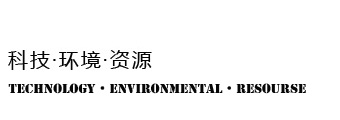E-waste dismantling and recycling equipment
E-waste, also known as electronic waste, contains dozens or even hundreds of times more precious metals than natural deposits, but the cost of recycling is much lower than mining natural deposits. Therefore, e-waste is often compared to urban mines with rich resources. Fully recycling e-waste not only has huge commercial value, but also promotes the sustainable development of society, economy and environment. TOMRA’s photoelectric sorting equipment can recover various non-ferrous metals, stainless steel, wires, etc. from the crushed materials of electronic waste.
After crushing, magnetic separation and other links, TOMRA’s photoelectric sorting equipment can recover non-ferrous metals, stainless steel, wires, etc. from the crushed materials of electronic waste, and then further purify copper, aluminum, metals such as zinc.
E-waste contains 3% to 60% of plastics, of which about 30% contains flame retardants, which is very polluting to the environment. For plastics in e-waste, TOMRA’s sensor sorting equipment can not only recycle printed circuit boards, ABS, PS, PET and other plastics; it can also separate materials containing flame retardants from them, so that the recycled plastics meet the requirements of the RoHS directive (bromine content less than 1000ppm)
Compared with manual sorting, automatic sensor sorting technology is more efficient, can greatly reduce material loss and reduce operating costs. Depending on the composition of the raw materials, the purity of a single material can be as high as 97%-98% after passing through a specially customized sorting process.








Leave a Comment